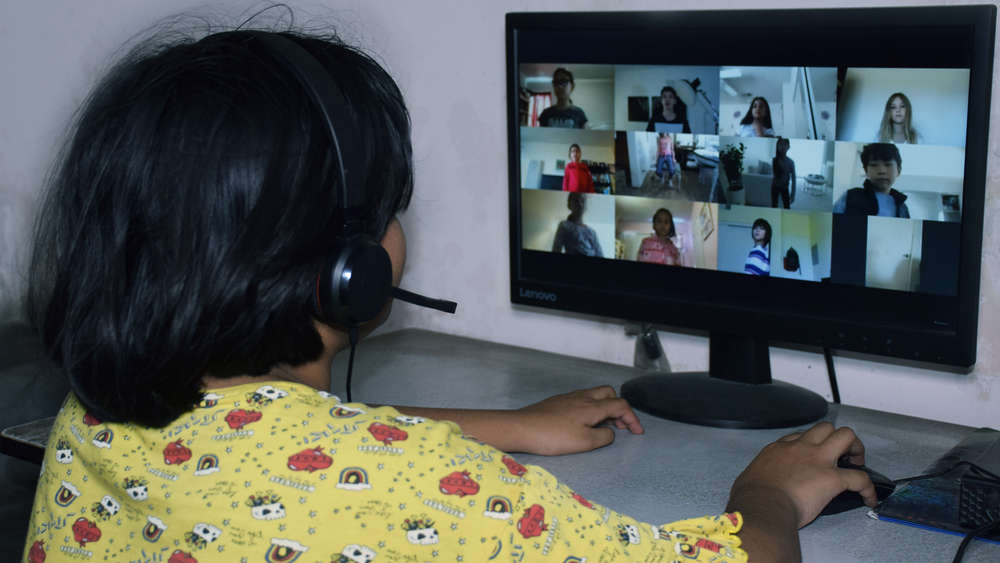With the pandemic running into months, countries all over the world are in a bind over education. It is not possible to stop all teaching indefinitely. Yet in-person classes pose a danger to the health of students, teachers and everyone engaged in making classes possible, including those who operate transport. Online classes appear to be the only solution for both schoolchildren and university students, but the solution is far from perfect. Equal access to the internet and to suitable gadgets, such as laptops, tablets or even smartphones, is a pipe-dream still, whether in the United States of America or in India. The United Nations Children’s Fund warned about a month ago that one-third of the world’s schoolchildren, around 463 million, lack this access, and that online classes for children are possible only in 24 per cent of Indian households. Against this background, the Delhi High Court’s direction to schools last week to end “digital apartheid” is of especial importance. For the court has suggested the ways to do this as well. Schools should ensure that all pupils, particularly from economically weaker sections and disadvantaged groups, have suitable gadgets and a high speed internet package with which they will have the same opportunity as everyone else to continue their lessons online. Private, unaided schools, which are supposed to enrol EWS and DG students in 25 per cent of their seats under the Right to Education Act, can approach the state for reasonable reimbursement for the package. In other words, it is the duty of schools — government or unaided — and of the State, to ensure that all children learn equally. This is demanded by the RTE and Article 14 of the Constitution, as the court pointed out. It is also demanded by fairness and humanity.
The Delhi High Court’s ruling provides a model for all states. One important aspect of the ruling is the approach based on individual students’ needs. The Unicef report pointed out that there is not only a rural-urban inequality in the matter of access to online education, but a gender divide too. Indian households with smartphones or computers may not always have one for each school-going child. Hence an initiative from schools to provide each of their students with access would be more than welcome.










